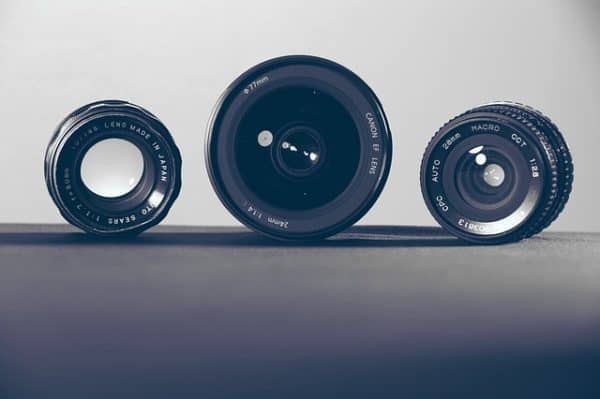
It’s something that dominates your room, so if there are any imperfections in your gallery wrapped canvas prints they are certainly there for all to see. If we were to hone in on one of the most common imperfections, it would undoubtedly come in the form of blurriness.
This is one of those problems that amateur photographers around the country constantly struggle to get to grips with. Time after time their prints are completely unsharpened – and this creates an effect that is anything but professional.
Bearing this in mind, our aim is to help you get to the bottom of the problem today and ultimately start to sharpen up those blurred photos. Let’s take a look at the best tips which can allow you to do this.
The importance of a tripod
Granted, it’s not a piece of equipment that is necessary for every shot, but if you are utterly serious about sharpening up your photos then a tripod can be your best friend.
Particularly when your shutter speed is low, and is more likely to pick up those tiny movements of your hand which can cause blurriness, a tripod can eradicate the cause of the problem and prompt much better results.
The perils of automatic focus
Few would disagree that automatic focus can be a godsend. However, this is only true in the right circumstances.
There can be times where it is caught completely off-guard by unrelated details. For example, if you were taking a photo of a person with a backdrop made heavily of trees, there’s a very good chance that one particularly prominent tree is going to be focussed on by the camera.
In fact, mistakes by the autofocus don’t even have to be as obvious as this. For example, in the case of the portrait, a person’s hair can receive more attention and ultimately ruin the shot. The result is that the face of the person is blurred, while the hair is given all of the incorrect attention.
This is one of those occasions where you firstly have to see if autofocus is doing its job correctly. If this isn’t the case, fine-tune your settings or even consider opting for the manual settings.
Lens quality makes the world of difference
While some might suggest that all lenses are equal, in reality this isn’t the case.
The general rule goes as follows; the better your lens, the better your photo (and the sharper it is, as well).
Unfortunately, a lot of cameras that serve beginners tend to be equipped with poor lenses. This is understandable, and hardly surprising, but at the same time it means that the beginner might always feel they are making a mistake with their camera. As it turns out, it might be just that their lens isn’t suitable for the purposes they are intending.
There is a lot of information out there on lenses right now and if you are convinced that your images lack sharpness because of this, take a look at the views of others. You’ll quickly find out whether it’s the equipment’s fault, or your own.
 Gearfuse Technology, Science, Culture & More
Gearfuse Technology, Science, Culture & More


